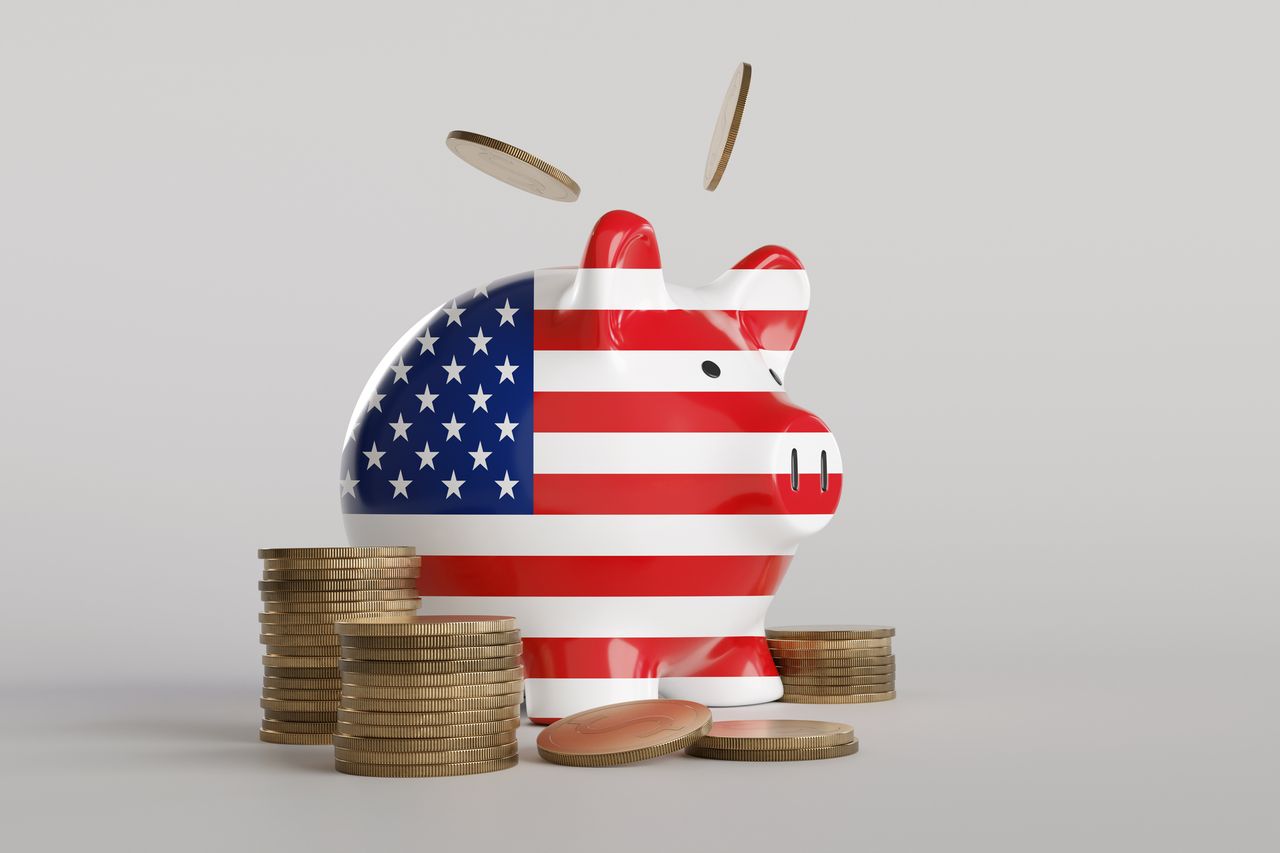
The federal government raises huge amounts of money by issuing debt securities. Treasury bonds and Treasury bills are the two main varieties buyers invest in.
They both have the backing of the full faith and credit of the U.S. government. This means investors have a fairly low risk of nonpayment of interest and loss of principal.
Treasury bills and bonds (collectively known as Treasury securities) each have a starting price of $100. You can buy these from a broker or directly from the federal government using the TreasuryDirect website, which does not charge a fee.
One of the greatest strengths of Treasury securities is their tax profile. "All Treasuries are SALT-free," says Judith A. Raneri, vice president and portfolio manager at Gabelli Funds LLC. "That is, the interest earned is state and local tax-free. These securities are only subject to federal tax."
While these investments are both government-backed debt securities, there are two significant differences between Treasury bills and Treasury bonds.
Mainly, they vary in when the principal is repaid, called the security's maturity, and how the interest is paid.
When Treasury bills vs Treasury bonds mature
Treasury bills offer six maturities: four weeks, eight weeks, 13 weeks, 17 weeks, 26 weeks and 52 weeks. This flexibility is a key advantage. It allows investors to better manage their short-term cash.
"Treasury bills can be used as a cash alternative within a portfolio," says Sara Kalsman, a certified financial planner at Betterment. "They provide a relatively stable return while preserving capital during volatile market environments."
Treasury bonds, on the other hand, have only two maturities. They are for 20 years and 30 years.
To bypass the lengthy maturities, you can sell bonds before they mature (the same goes for Treasury bills). In fact, this is a common practice, as each investor has unique goals and requirements for their portfolio.
When you sell a Treasury bond, it results in a capital gain or loss, thanks to the inverse relationship between bond prices and interest rates. When interest rates rise, Treasury bond prices generally fall — and vice versa.
For example, suppose you bought a 20-year Treasury bond for $1,000 with a fixed interest rate of 5%. After a year, the interest rate has risen to 7% but now you have a problem if you want to sell.
Your bond is less appealing to a buyer since the buyer can now purchase the same type of security for $1,000 and get a higher rate.
When selling your bond, you'd have to try to offer a competitive yield, therefore you'd have to lower the price of your security below $1,000 to push the yield to 7%.
As a result, you'd lose out on your principal investment.
When rates are low, it's a great time to sell. For example, if the interest rate on the same 5% bond fell to 3%, the bond's value would have increased.
You'd have a capital gain if you sold the bond in that instance.
How is interest paid on Treasury bills and Treasury bonds?
A Treasury bill has "imputed" interest. This means the interest is calculated as the difference between the price you pay for the security and the amount you get when it matures.
The federal government will not send you any interest payments. This is because Treasury bills are sold below face value. But, when they mature, you're paid the current face value of the bill.
For a Treasury bond, the government will pay you a fixed amount of interest every six months until maturity.
Suppose you purchased a bond for $1,000, and the interest rate is 4%. In this case, you will get $20 every six months.
The bottom line on Treasury bonds vs Treasury bills
As you invest in debt securities, consider these critical differences between Treasury bills and Treasury bonds to make the best choice for your short-term and long-term goals.
Treasury bills have a greater variety of maturity lengths, ranging from four to 52 weeks. Treasury bonds have the longest maturities, which are set at 20 and 30 years.
Treasury bills do not pay any interest payments and payoff when they mature or are sold. Treasury bonds will pay you interest twice a year.
Treasury bills function more like cash in your portfolio and can be a safe harbor during turbulent economic times.
Treasury bonds can provide a dependable stream of income, but can suffer a loss of value on secondary markets if interest rates go up.







